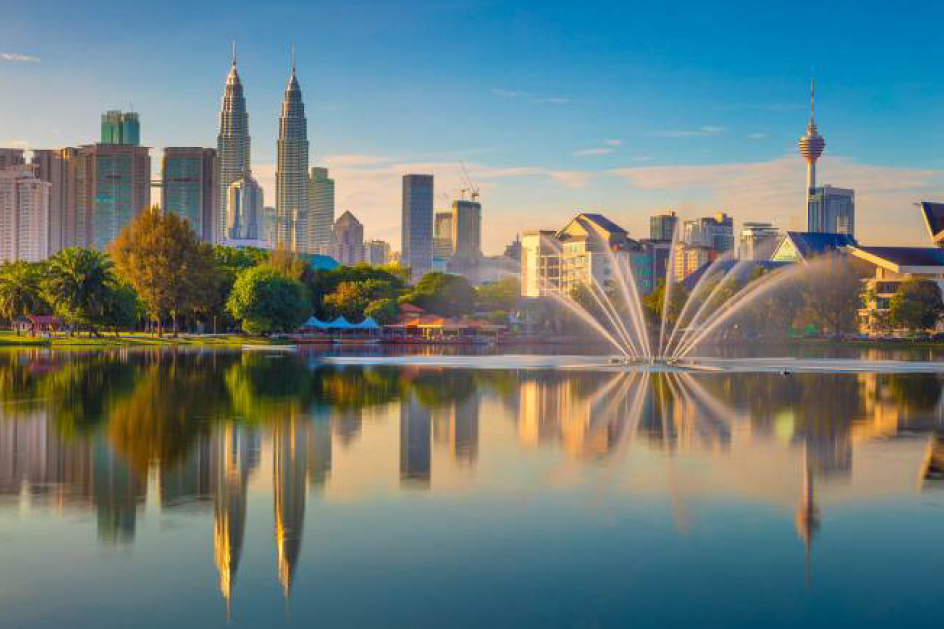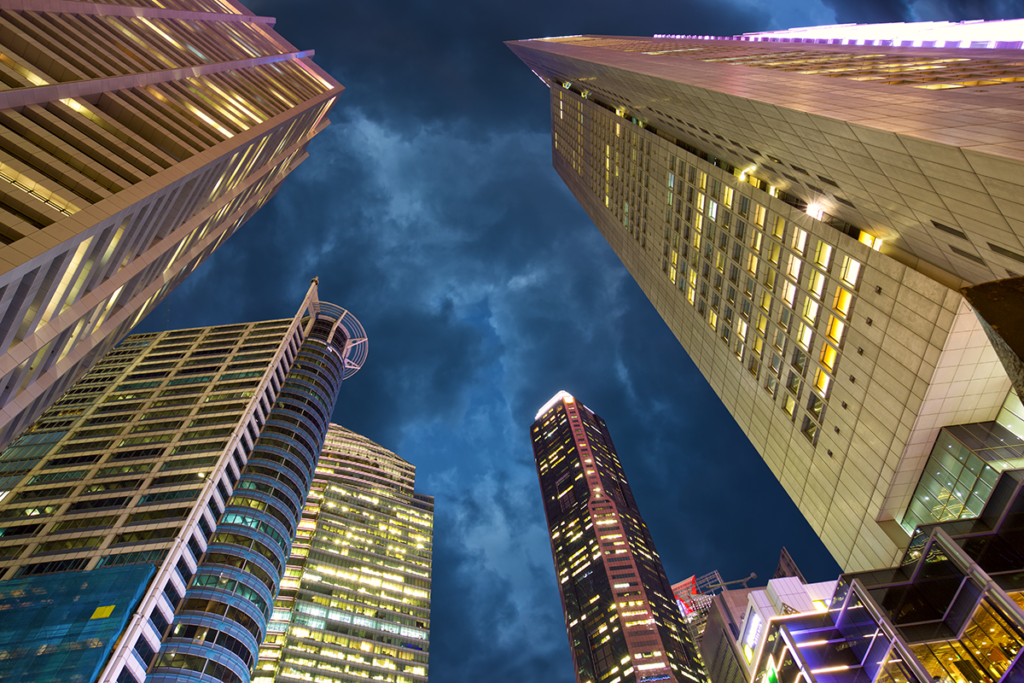Shopping – the word itself gives off different vibes to different people. To some, all they can hear is the dreaded “cha-ching” from their credit cards while for some, it is heaven on earth.
Now, what does Malaysia have to offer when it comes to shopping? Plenty, in fact, Kuala Lumpur having been ranked at #4 of CNN’s World’s 12 best shopping cities, Malaysia has a smorgasbord of shopping delights from top fashion houses to local trinkets galore.
Whatever you’re shopping mind is into, you can be sure
Malaysia has it!
*Fun fact: Did you know that celebrated fashion icons, Zang
Taoi and Jimmy Choo are Malaysians!
Klang Valley
Pavillion Kuala Lumpur – A favourite among expatriates, this shopping centre is catered
towards the high-end crowd and boasts high-end designer labels such as Celine,
Salvatore Ferragamo, Burberry and Gucci. This mall also has a fair share of
more reasonable brands such as Topshop and Zara. Equipped with a fitness
centre, karaoke studio, a standard cinema and bistros, Pavillion is also a
suitable place for entertainment and leisure.
Suria KLCC –
located at the foot of the KL’s proud landmark, the Petronas Twin Towers, It
showcases a mixture of high-end and mid-range designer labels. Exclusive
high-end brands that can be found here include Chanel, Giorgio Armani and Marc
Jacobs while the mid-range labels include Zara, Levi’s and ‘Mark and Spencers’.
Midvalley Mega Mall – This shopping centre is very popular amongst locals as it caters from the mid-range to high-end crowd. It has over 400 shops like Esprit, Adidas & Vincci. Its main feature is the 18-screen Golden Screen Cinemas (GSC), which is the largest multiplex in Asia. It also houses a wide array of restaurants, cafes, bars, coffee shops and fast food outlets.
1 Utama – If you love your shopping, 1 Utama is the place for you. At approximately 5 million sq.ft. it is the largest shopping centre in Malaysia and the sixth-largest in the world. Boasting over 700 shops, its high fashion zone, named Highstreet features designer labels such as Coach and Armani Exchange. It has two cinemas, TGV cinemas and Golden Screen Cinemas. Unlike most malls, One Utama also has a sports complex where you can take part in a variety of activities such as bowling, rock climbing and futsal. Embracing a “Go Green” concept, it is the first shopping complex to house a tropical rainforest and an extensive rooftop garden.
The Curve – Just a
stone’s throw away from 1 Utama, it is part of the Mutiara Damansara Commercial
Centre which consists of international retail establishments such as IKEA Home
Furnishings and eCurve. Stores here include both high-end and mid-range
designer labels such as Guess, Giordano, Charles and Keith and Dorothy Perkins.
Bangsar Shopping Centre – This place is very popular amongst expatriates due to its
proximity to the Bangsar suburbs. This mall caters to the whole family with a
Kids Floor for children, and boutiques for the adults.
Bangsar Village Shopping Mall – This is a neighbourhood shopping mall that is suitable for the whole family. It houses international kids stores such as “Toys R Us.” It has an expat-friendly supermarket called Village Grocer, which sells imported goods that are typically found on supermarket shelves abroad. It also houses an MPH bookstore and a local pharmacy.
D’Pulze Shopping Centre – The first shopping centre to open in the IT township of
Cyberjaya, it boasts of mid-range shops like Jaya Grocer, MPH bookstore, Ace
Hardware, TGV Cinemas, and a plethora of cafes and eateries.
Penang
Gurney Paragon Mall – Penang’s best centre for an eclectic mix of fashion trends. Set along Persiaran Gurney, the seafront complex is home to more than 40 fashion boutiques and 30 restaurants. However, what makes Paragon utterly unique is the fact that the entire 700,000sqft complex has been built around St. Joseph’s Novitiate, a 1925 chapel that has been beautifully restored and incorporated into the mall’s open-plan layout design.
Queensbay Mall –
Queensbay Mall is the largest shopping centre in Penang. Minutes away from the
Penang Bridge, it is a waterfront complex in Bayan Lepas near the airport. The
mall is home to mid-level restaurants, branded clothing stores, electronics
shops and even a large Golden Screen Cinemas complex.
Little Discoveries
If you want to discover the shopping delights of old KL,
then these shopping delights must be right up your alley.
Central Market – Central Market is home to stalls selling souvenirs such as key chains, figurines, t-shirts, shoes, unique timepieces, bags, cute knick-knacks, local handicraft such as batik, songket, wau, household decorations and more. Items here are reasonably priced and some places don’t mind if you bargain a little with them.
Amcorp Mall – If you’re looking for quirky trinkets, antique goods or great deals, then this place should be on your weekend list. The most popular flea market is the one that takes place every Saturday and Sundays. Browse through the cute little stalls scattered all across the mall. You can find pre-loved clothes, books, toys, leather shoes, old cassettes/records/cd’s, movie posters, coasters, collectible beer mugs, unique accessories, lamps, herbal medicines and tons more. Low Yat Plaza – Get electronic items at a slightly cheaper price here. This includes the latest mobile phones, laptops, computers, game stations, tablets, cameras, HD television, accessories such as headphones and chargers and more. Low Yat Plaza is also known as Malaysia’s premier IT shopping mall, as there are almost 500 stores in the mall specializing in IT products. The best part is that you can go do a little bargaining. Some shops may offer you a cheaper price compared to other shops in the same mall.





